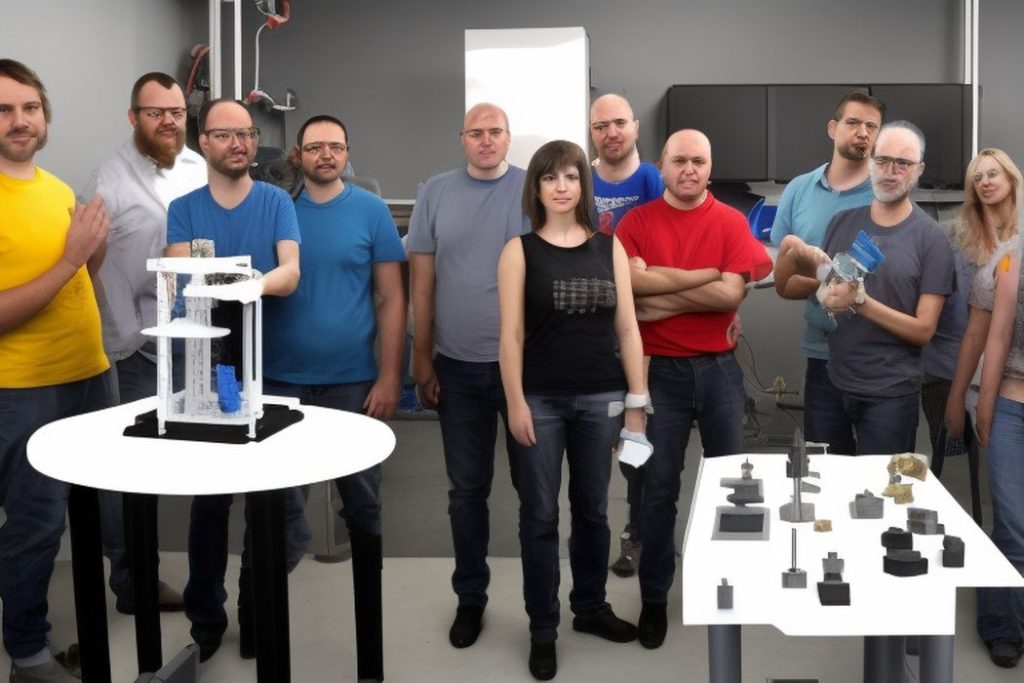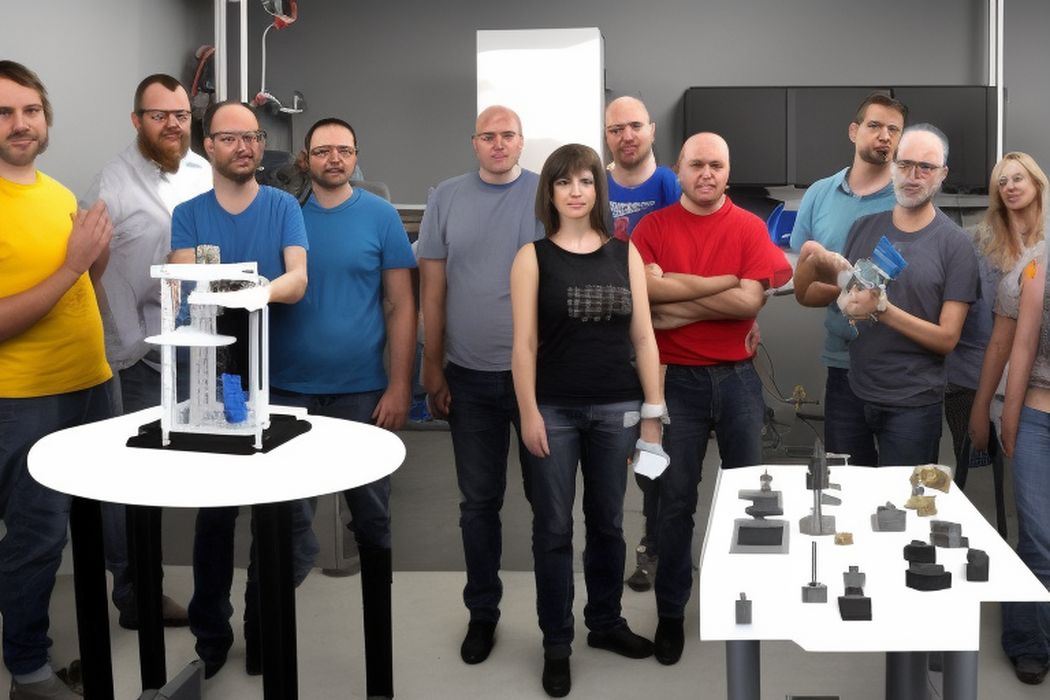
I’ve noticed a troubling trend in 3D printing in recent times: unwarranted criticism of alternative technologies, but there’s a reason why it’s happening.
It goes something like this:
- A company announces a new product
- Others declare it ineffective, too expensive or not useful
- Controversy reigns, and the company sometimes suffers as a result
While there are indeed some products that truly deserve negative comments, the vast majority do not.
So why do we often see negative reports on new products? My theory is that it’s because we are often stuck in our own zones and don’t realize there is an “outside” that we don’t see.
The 3D print community is now quite large, and contains multiple groups of common interest. These include: resin printing, industrial use, prototyping, educational, DIY, desktop consumer use, large scale manufacturing, research, food printing, bioprinting, and probably a bunch more that don’t come to mind immediately. It’s now quite diverse, far more than a decade ago.
Each group has its own sets of equipment and vendors, materials, workflows, as you might expect, but they also have different goals, capabilities, legal constraints, and financial resources.
Smart 3D printer manufacturers target their products at one or more of these groups. They optimize their equipment design, pricing, marketing, sales networks, and other aspects specifically to hit those markets. Those optimizations may not make sense to the other markets.
The trouble is that in our community we often have overlaps where groups are exposed to products intended for other groups due to common information channels and events. That’s where the confusion starts.
This is quite reminiscent of a scenario I personally was involved in many years ago. I worked for a large company that had just purchased another company in a distant location. As part of my job, I found myself spending half time at each location, and after some months was socially accepted into the new location and people then spoke freely.
They spoke of the buying company saying, “Those guys are so cheap, they won’t spend money on anything! They are wrong!”
Meanwhile, back at the buying company, the folks were saying “those guys at the new company are crazy! They spend money like water! They are wrong!”
As I stood between these two companies, I asked myself how two companies could both be “wrong”.
My conclusion was that the two companies were both not wrong: each of the two companies was formed to address different markets that had different needs. Their companies evolved to fit those needs, and ended up being different from each other. They were not wrong, they were just going after something the other company was not.
This is how I see the 3D print landscape today: many different parties pursuing different markets with different combinations of products.
The problem results when one market views a company’s products that are targeted elsewhere.
The classic example was MakerBot, a company that was formed in the open source world, and targeted the DIY space. Due to a number of concerns, not the least of which was financial survival and return on investment, the company switched gears and instead targeted the professional and education markets.
Their prior DIY market was extraordinarily upset about this, and to this day still view MakerBot’s products with suspicion. It’s as if MakerBot’s products are “wrong”.
They are not wrong. They are simply made for someone else, and they are not for you.
This happens again and again. A more recent example was the long-awaited release of Simplify3D V5.0. It’s a powerful update with a number of important features that I’m actually still exploring. However, many people were upset that Simplify3D would actually charge money for slicing software that can be obtained for free elsewhere! Simplify3D is wrong!
They’re not wrong. They are just targeting other parties. Their products will be purchased by makers of industrial and professional 3D printers to bundle with their products and make life easier for their customers, who may be uncomfortable with (or legally unable to) allow staff set up open source tools “from the Internet”. Simplify3D will sell their product to larger companies that don’t even notice the tiny price tag on the software.
The bottom line is this: when you see an announcement of a new 3D print product that doesn’t seem to make sense to you, remember that it almost certainly DOES make sense to someone else. That’s why the company spent the effort to develop the product: they had a specific target market in mind, and it might not be you.
Sometimes it’s obvious: a DIY 3D printer operator would certainly never consider purchasing a four-laser metal LPBF production printer. But at other times the market gap is far less obvious, particularly with materials, software and cloud products.
These mismatches in markets are not a bad thing at all. I see this as proof that the 3D print ecosystem continues to grow and serve even more people doing even more diverse applications.
The world of 3D printing is far bigger than just you.

